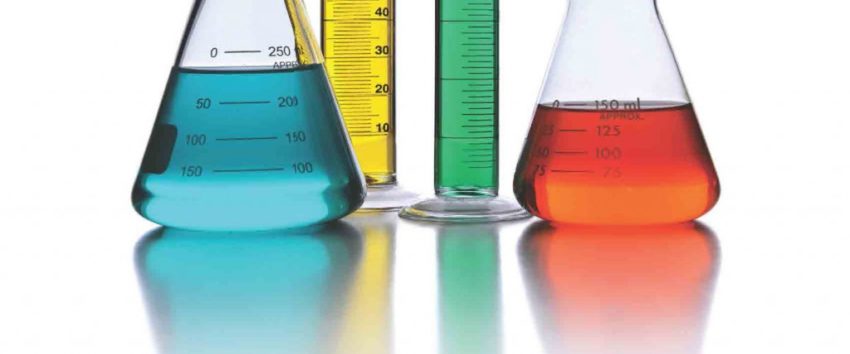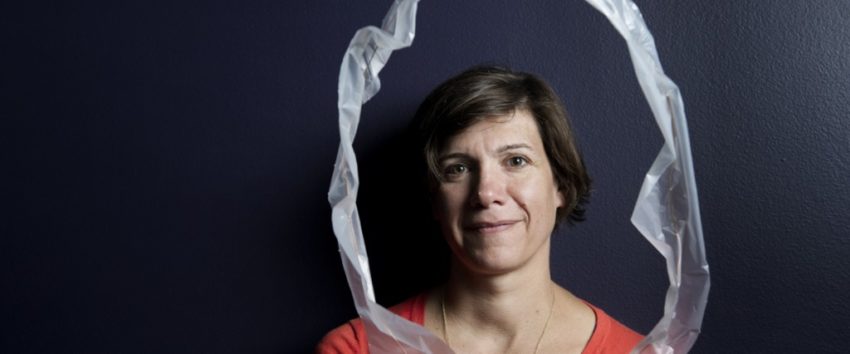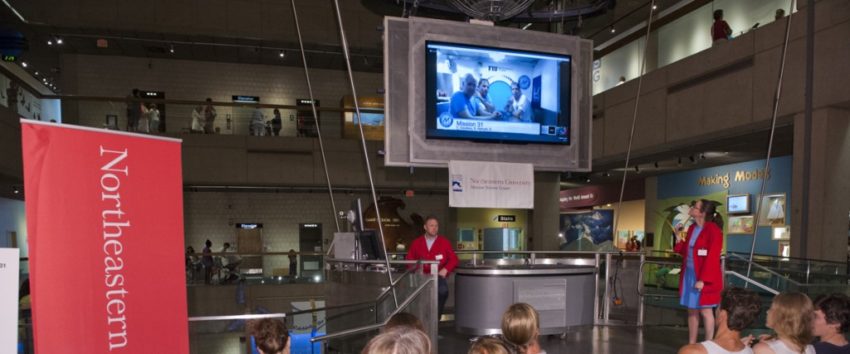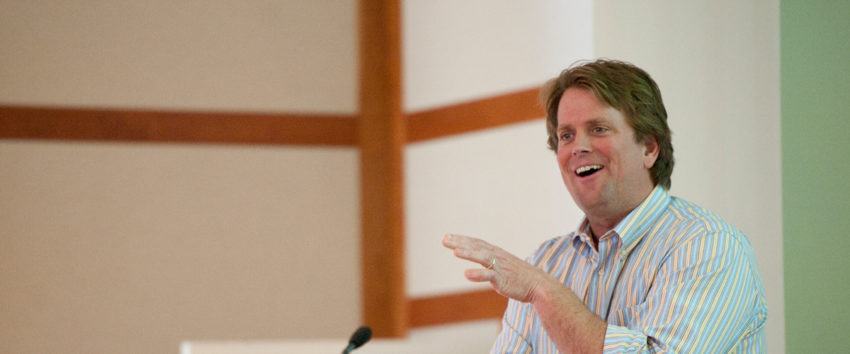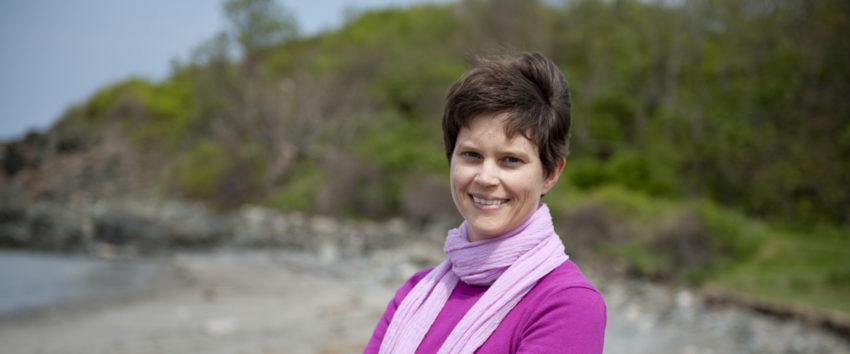News
Lobsterwoman turned marine biologist fishes for answers
Northeastern graduate student Marissa McMahan is marshaling her scientific training and her family's connection to the Maine lobster industry to research the black sea bass' northern range expansion due to climate change.
July 21, 2014
The future’s most pressing energy questions
Top researchers, entrepreneurs, scholars, and policymakers from Massachusetts and Switzerland convened at Northeastern University on Friday for an energy summit, where participants discussed innovations and strategies to address climate change and a range of other global energy challenges.
July 15, 2014
NUScience Summer 2014 Edition Released
Check out the most recent edition of the NUScience magazine and read all about the College of Science.
July 07, 2014
A simpler way to test for water pollution
Assistant professor Loretta Fernandez has developed a straightforward method for determining the concentration of contaminants likely to end up in the tissues of organisms living in polluted waterways.
July 01, 2014
Live from the seafloor, it’s Mission 31!
Last week, Northeastern researchers were joined by Provost and Senior Vice President for Academic Affairs Stephen W. Director to converse with audience members at the Boston Museum of Science from a unique vantage point: the bottom of the ocean at the Aquarius Reef Base off Florida's coast.
June 30, 2014
Hot and bothered: climate change and the ecology of fear
When animals must balance the fear of being eaten with their own need to feed, their decisions affect the entire ecosystem. New research from professor Geoff Trussell, who directs Northeastern's Marine Science Center, suggests this effect is even more pronounced under future climate change scenarios.
June 27, 2014
Take 5: A ‘Nor’Easter’ on Florida’s tropical shores?
For the next two weeks faculty, students, and staff from Northeastern University’s Urban Coastal Sustainability Initiative and led by professors Mark Patterson and Brian Helmuth are taking part in Mission 31.
June 20, 2014
The noisy world of mud crabs
Fish are not silent creatures. Just like the terrestrial world, there’s a veritable symphony of sound echoing under the sea. Indeed, the black drum fish was the subject of many a phone call to the Miami police back in 2005, when their midnight mating calls were waking up the locals.
June 18, 2014
What you may not know about vertical seawalls
Waterfront homeowners' efforts represent hundreds of thousands of miniature conservation projects. Understanding how they tick is essential to urban coastal sustainability efforts, according to post-doctoral research fellow Steven Scyphers.
June 16, 2014
An aquatic adventure resurfaces
It's been 12 years since research technician Sara Williams first learned of Aquarius. Now she's getting a chance to visit it herself during Mission 31, a monthlong research dive.
June 10, 2014
Wherefore art thou, dear zooplankton?
Graduate student Amanda Dwyer will lead a research project in conjunction with Mission 31, a monthlong underwater expedition led by Fabien Cousteau, in which she'll examine the dynamics of zooplankton on coral reefs.
June 05, 2014
Researchers soak up data from Mission 31
As part of a month-long underwater research mission, graduate student Allison Matzelle will lead a project studying the flow of energy through one of the oldest organisms in the world: the giant barrel sponge.
May 28, 2014
Two COS students earn NSF graduate research fellowships
Allison Matzelle and Tanya Rogers are among 2,000 awardees from a pool of more than 14,000 applicants to the prestigious National Science Foundation Graduate Research Fellowship program, which aims to help ensure the vitality of the human resource base of science and engineering in the United States.
May 22, 2014
Better science for better fisheries management
Jon Grabowski, associate professor of marine and environmental science, has been working with other fisheries scientists as well as economists, social scientists, and policy makers to determine the best strategies for dealing with the all of the Northeast region’s fisheries that impact habitat, which includes cod, haddock, cusk, scallops, clams and other fish that live near the sea floor and are of significant socioeconomic value to the region.
May 19, 2014


